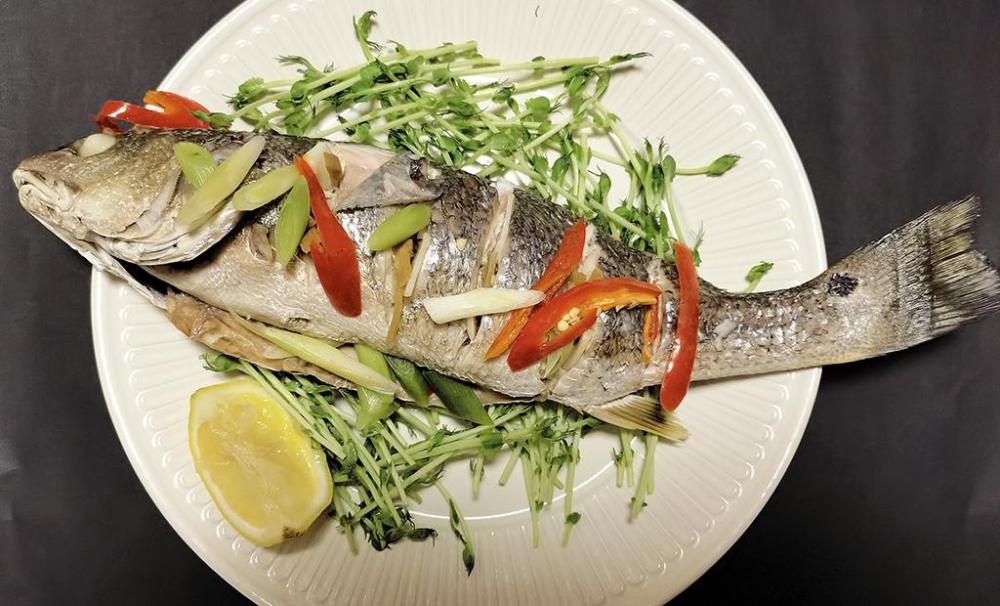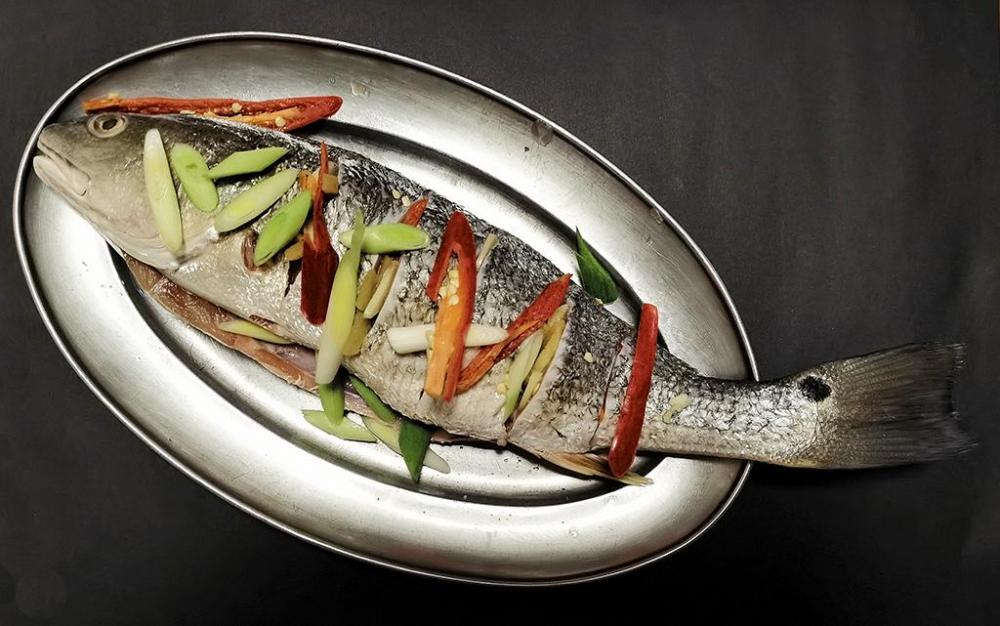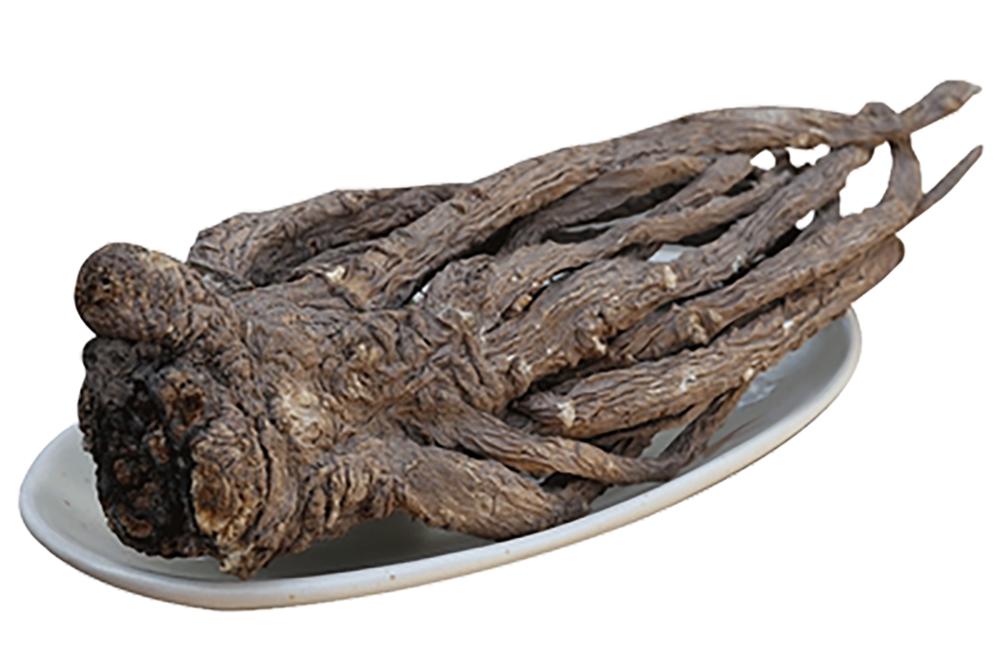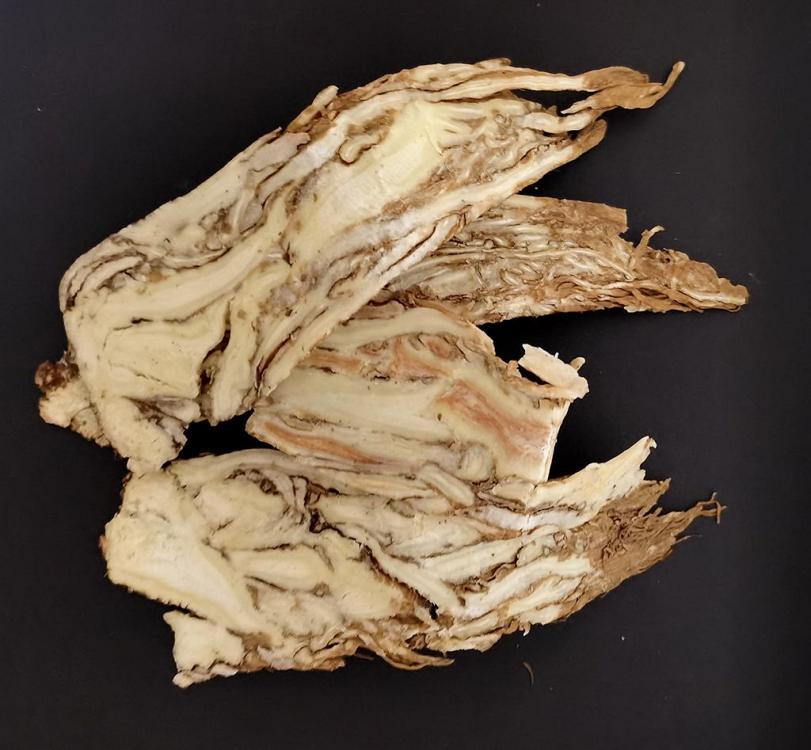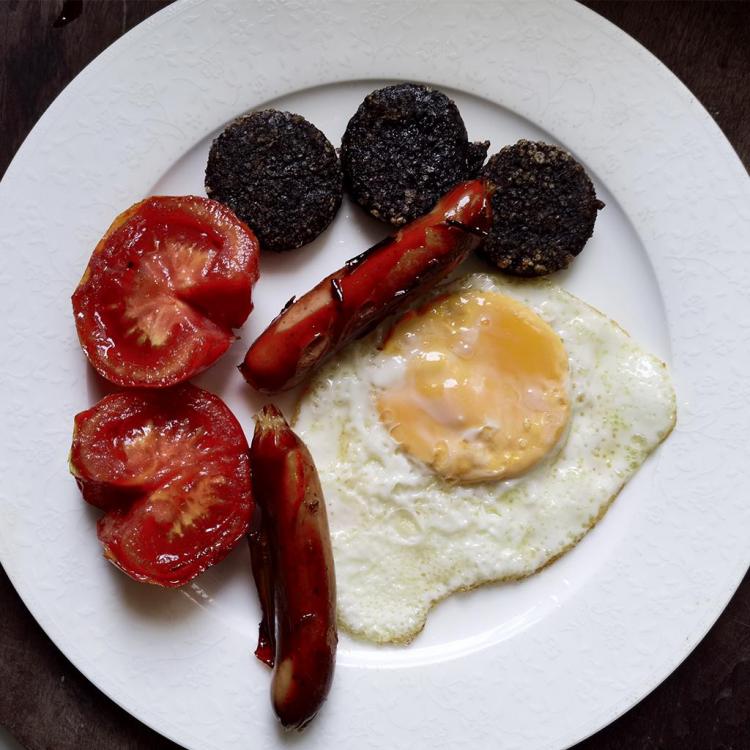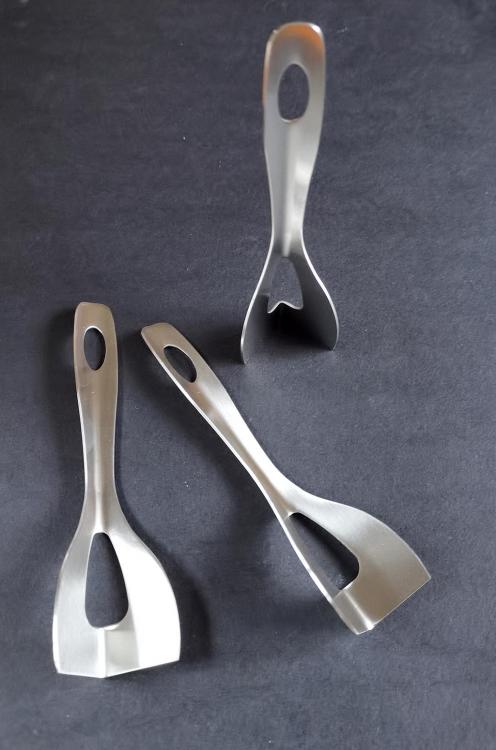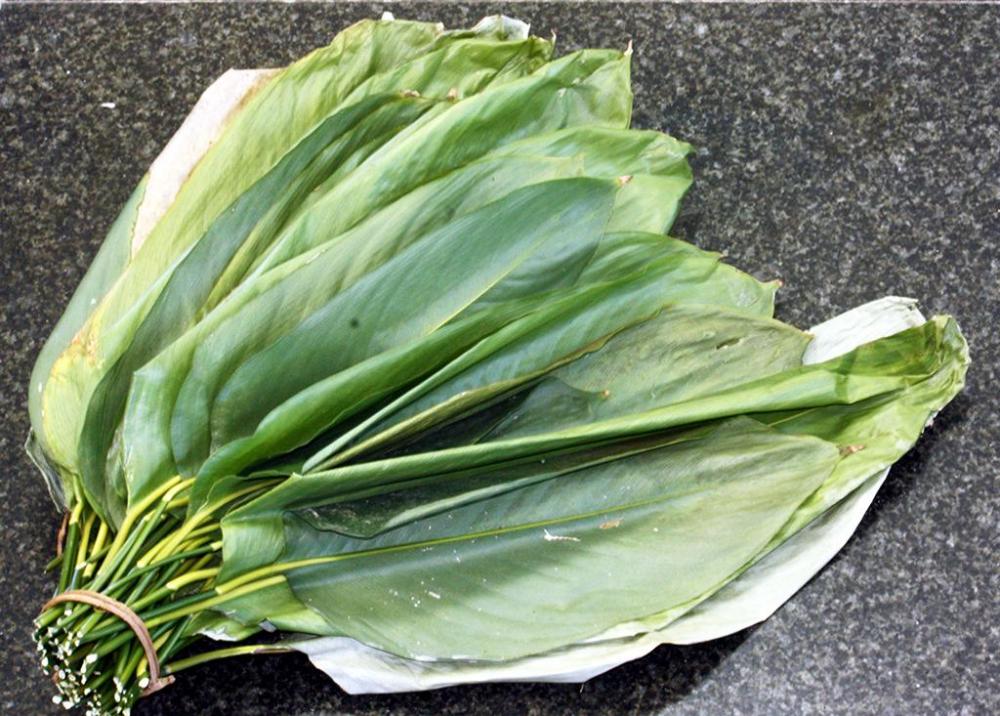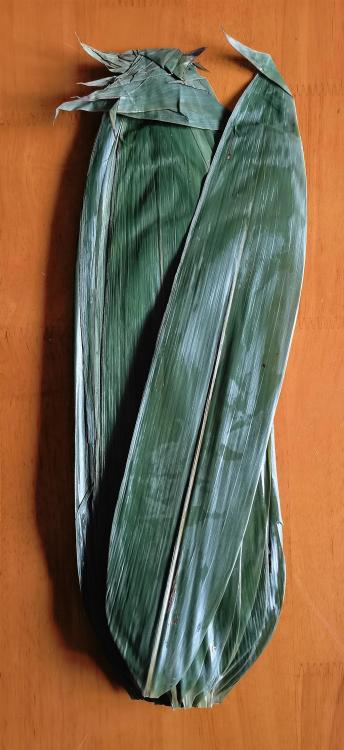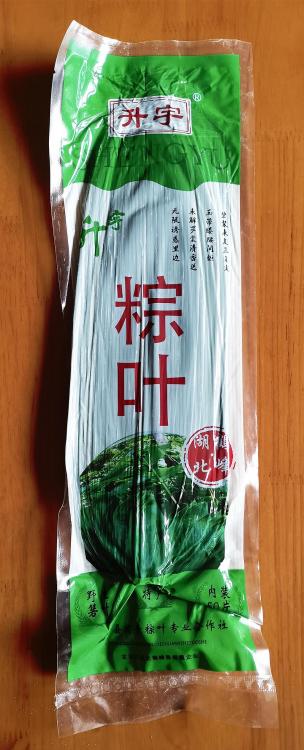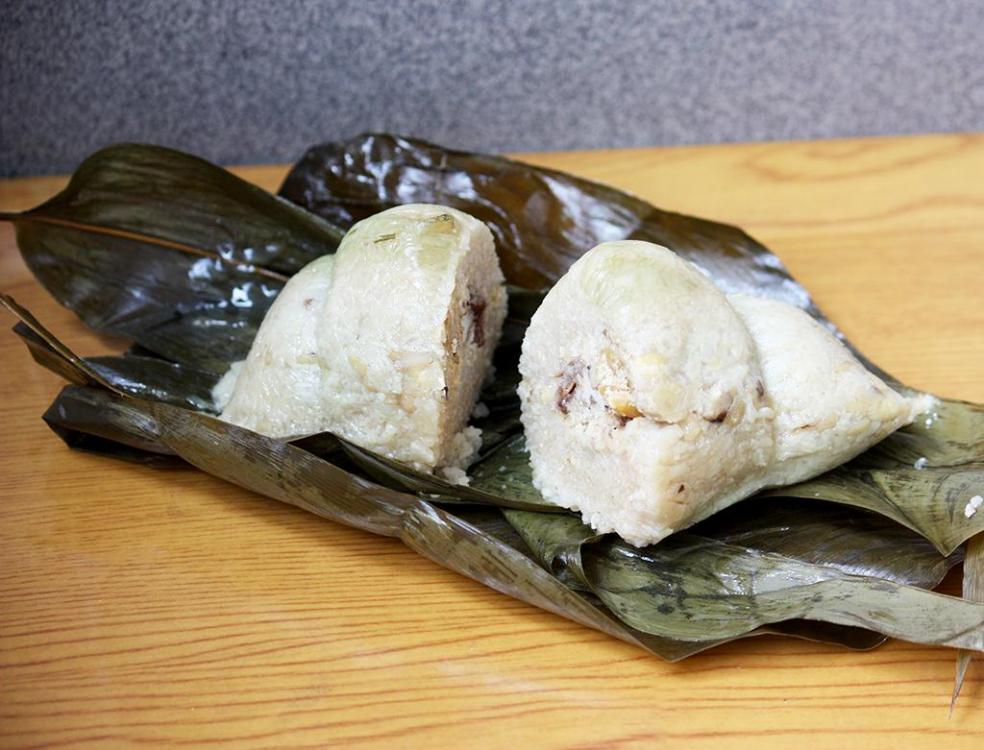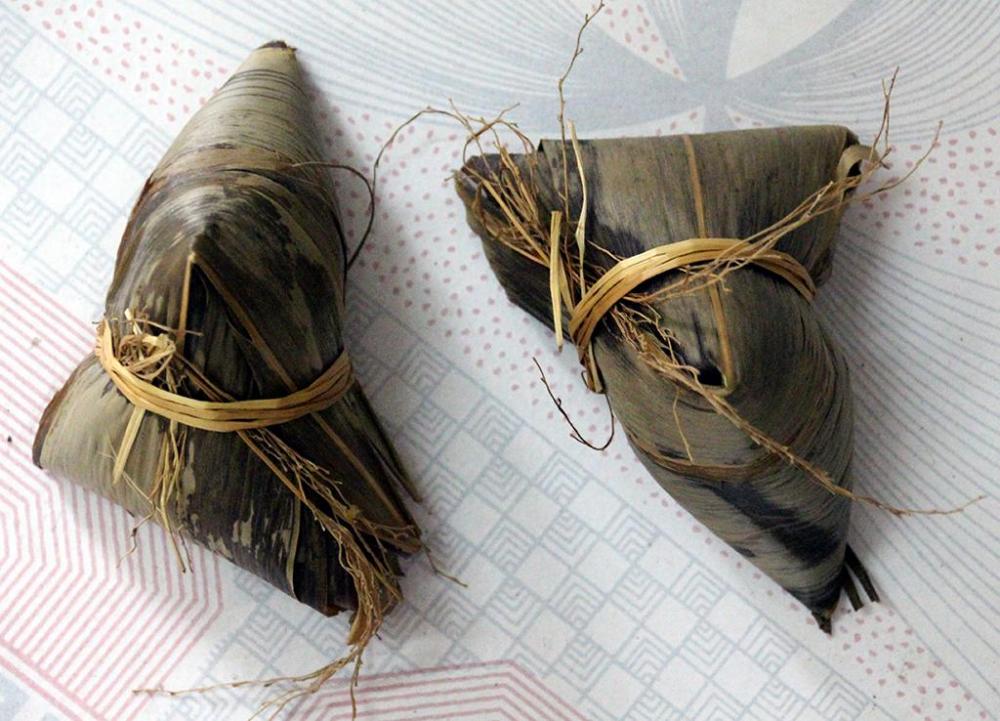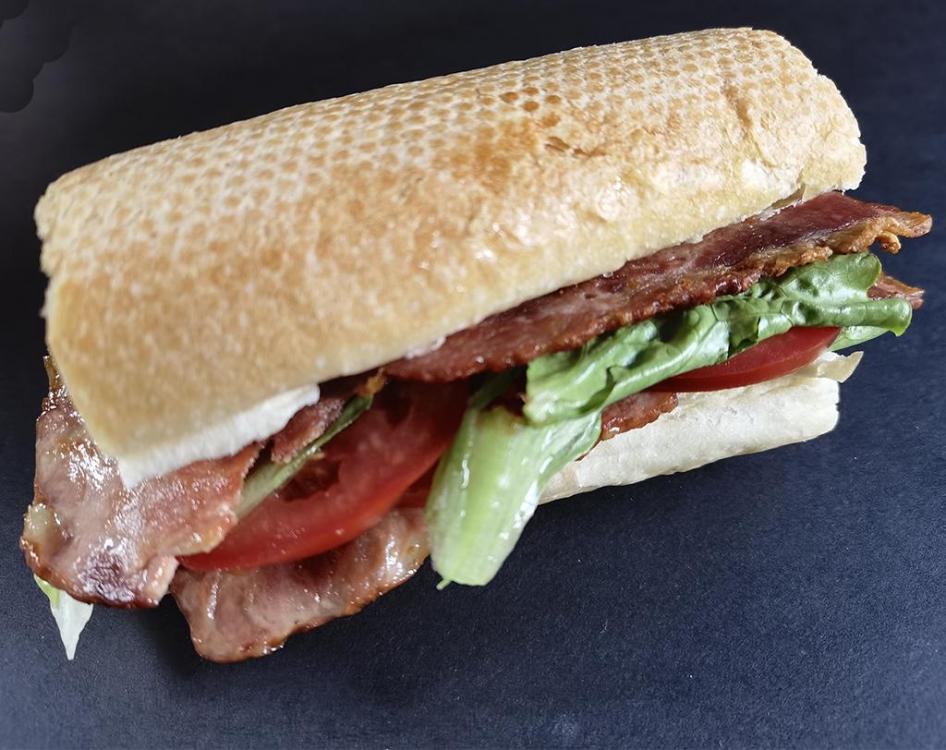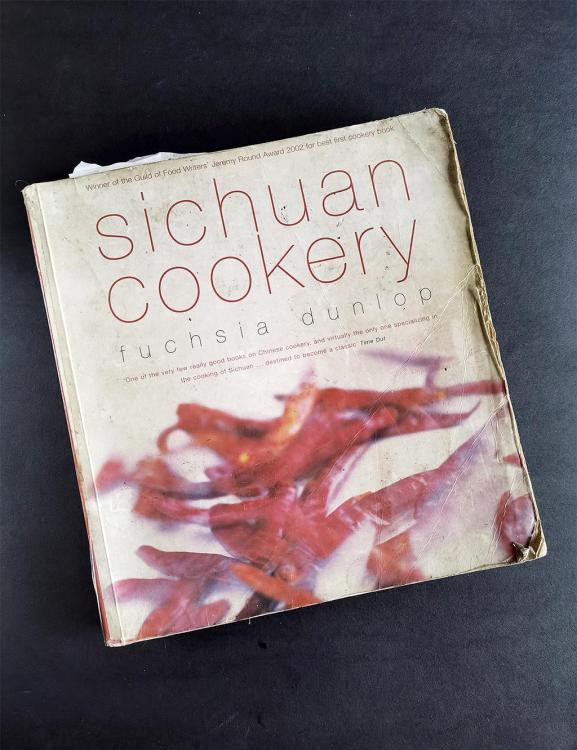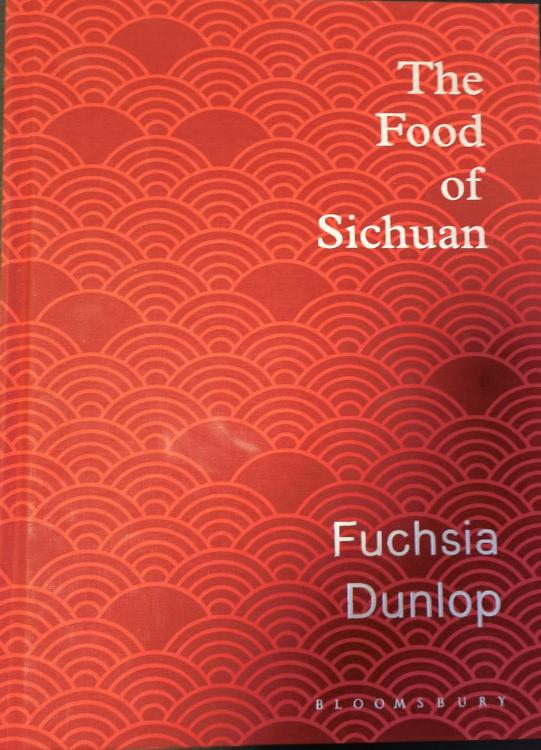-
Posts
16,658 -
Joined
-
Last visited
Content Type
Profiles
Forums
Store
Help Articles
Everything posted by liuzhou
-
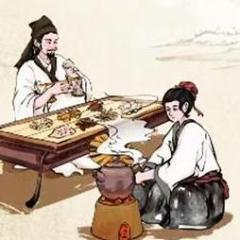
Why is pig meat called "pork"? Why is cattle meat called "beef"?
liuzhou replied to a topic in Food Traditions & Culture
The French didn’t create words to differentiate between animals and meat. Middle English did that, by taking the animal word from Old English and the meat word from French. ‘Boef’ in Old French, ‘bœuf’ in Modern French meant and still means both animal and the meat, as is normal in nearly all languages. ‘Bœuf’ is derived from the Latin ‘bos’ which in turn is derived from the Ancient Greek ‘βοῦς’, the same root which gives us ‘bovine’ etc. ‘Porc’ too comes from the Latin ‘porcus’ meaning both animal and meat. ‘Mouton’ means both ‘sheep’ and their meat in Modern French, too. From Gaulish, the Celtic language used in that part of the world before the Romans turned up. You can still hear traces of it in the Welsh ‘molit’’, Cornish 'mols', Breton ‘maoet’ and Irish ‘molt ram’. -

Why is pig meat called "pork"? Why is cattle meat called "beef"?
liuzhou replied to a topic in Food Traditions & Culture
Nope. -

Why is pig meat called "pork"? Why is cattle meat called "beef"?
liuzhou replied to a topic in Food Traditions & Culture
The French! -

Why is pig meat called "pork"? Why is cattle meat called "beef"?
liuzhou replied to a topic in Food Traditions & Culture
That is easy! It dates back to the 1066 Norman conquest of England. Norman French became the language of the educated, wealthy ruling classes, the politicians, lawmaker, judges etc. Basically the rich. They naturally used their French words for the meats they ate. The French names for the animals "bœuf" for cattle; "mouton" for sheep "porc" for pigs etc. Several more. The peasantry however, who actually used their own language, Old Engish, for the animals. "Beef" was still "cow meat" etc. Both passed down into modern English. The Old English came to represent the animals and the French the meat. This theory has been disputed, but I've never seen any credible evidence to debunk it. I have never found another language which displays this disparity between animal and meat. -
Many years ago, I managed to train my No. 1 fish supplier not to automatically scale, gut and prepare my purchases for the only dish she knows how to cook. She often serves me before other people who are in line, as she knows she only has to throw my fish into a bag, weigh it, print out a ticket, attach said ticket and I will go away happily to pay for it. For her other customers, she has to descale, gut and, depending on the species and said customers' whims, then render it suitable for cooking to their recipe. I prefer to do that myself. Today, however, I decided to do it her way, but habits took over and she did no preparation at all and the fish was in my hands before I knew it. I shrugged and took it home. Normally for this dish, I would use sea bass, but it seems the sea bass catcher decided to take a day off, so this is red drum, a fine substitute. I was planning to steam it in a vaguely Cantonese style, but with twists. So after doing the descaling, gutting etc., I sliced some garlic and slipped it into the slashes I had made along the body of the fish (both sides). The same with some ginger. Then with some hot red chillies (a twist). I rubbed the body and cavity ,which I had previously degutted, with salt and Shaoxing wine, then left the fish for about 20 minutes. It was then put onto my steaming plate and had more chillies and scallions strategically placed on top. After a pause to take its photo, I placed that into my wok on a rack over water and steamed it. After 10 minutes I transferred the fish to a serving plate over some chayote shoots (my spellchecker just tried to "correct" that to "coyote shoots", which would have confused you!) And added a quarter of lemon (another twistette). Here it be. Served along with stir-fried Shanghai greens (what you probably call "baby bok choy") and rice. Happy mouth.
-
I was sent to bed with no supper if my mother caught me blowing on my food! If I'd pee'd in my soup she wouldn't have been any more disgusted!
-
36. 当归 (dāng guī) – Chinese Angelica – Angelica Sinensis Angelica Sinensis Root There are over 60 types of angelica, which is a tall herbaceous plant that grows at high altitudes across the northern hemisphere, even being found in Northern Greenland and Iceland. Most, however, is to be found in China. The plants are noted for their floral fragrance, but that varies from species to species. Most angelica is used in medicines. The species that most people are familiar with is Angelica archangelica which is used in many alcoholic drinks, such as gin, absinthe, Chartreuse and Bénédictine etc. while the stems are often candied and dyed to decorate cakes etc. But it is Chinese angelica which concerns us today. This is 当归 (dāng guī) or Angelica Sinensis. Less fragrant than A. archangelica, this is again mainly used in TCM, but the dried roots are also used in Chinese cuisine by being ground and used in some spice mixes such as the 13-spice mixture I mentioned before. The roots are also dried and served in slices or small pieces to be added to hotpots and soups etc. It has a slightly floral, but bitter flavour and is reminiscent of juniper berries. Dried sliced Angelica sinensis root It is important for me to note that Angelica sinensis should not be eaten during pregnancy or by anyone planning to become pregnant as, according to this 2020 report from the US Library of Medicine, there is evidence that it can affect the muscles of the uterus, so inducing miscarriage. Another species used in China is 白芷 (bái zhǐ), Angelica dahurica. This is also aromatic but bitter. It has a nettle-like smell and is mainly used in distilled liquors. I know of no kitchen uses nor do I see it very often. Many other species are used only in TCM.
-
Another day; another breakfast. Pork sausage, blood sausage, fried egg and fried tomato. There was toast on the side.
-
If I leave butter out on the counter, it turns to butter soup in 15 minutes. It's 35 ℃ / 95 ℉ in the kitchen most of the year and that's before I turn on any stove or oven.
-
Fastidious? Me? I'm as lazy and sloppy as they come. ETA. Good edit @Margaret Pilgrim
-
Only if I'm going to spread it on bread or suchlike. If I'm going to use it cooking, I don't usually want curls. Takes too long to get a sizeable amount.
-
Nothing, except it's sharper than than most knives associated with butter, so can deal with hard, cold, refrigerated butter.
-
You don't! I'm just a knife collector - not knife fetishist!
-
It was the equivalent of $33 CND here, inc delivery.
-
Yes, the wikipedi article on champagne is surprisngly good for once!
-
Depends where you are. Most major countries agree that only sparkling wine made under strict conditions and specifications in Champagne, France can legally be named champagne. The USA is the stand out exception. They adopted the international standard in 2006 (over 100 years after mostly everyone else). The name can still be used in the US for non-Champagne champagnes if they were used on a specific product prior to 2006 and also give the true origin.
-
That is decidedly NOT champagne!
-
Today, I took possession of these. Three butter cutters. Now, you may be asking why I have three of the things. Well, I thought I'd take up butter cutting as a fetish, just to see how that works out. Or I bought them online and there was a minimum order of three. Some lucky souls will be getting one each for Christmas. Now I just need some butter! I'm right out and it's too hot to to risk it taking three days or longer to get here. I think I just failed the butter cutting fetishist's entrance exam!
-
35. 箬叶 (ruò yè) – Bamboo Leaf and 芭蕉叶 (bā jiāo yè) – Banana Leaf Bamboo Leaves Bamboo (竹 - zhú) is wonderful! It is used in so many ways. We eat it; we cook in it; we serve food in it; we eat with it (bamboo chopsticks); we make clothes with it; we make houses with it; we use it as scaffolding and props in building houses; I have seen bamboo keyboard and mouse sets which I could use to type and post this; and much more. It is also a beautiful plant. And yet, it is a type of grass in the Bambusoideae family. Not all types of bamboo are edible though and even those that are require special treatment to make them safe as many contain toxic taxiphyllin which turns to cyanide in the gut. But it is one herbal use that I am thinking about here. Bamboo leaf - 箬叶 (ruò yè). Bamboo Leaves The leaves are regularly used to wrap dumplings, especially 粽子 (zòng zi), the glutinous rice dumpling favourite which is mainly eaten around the Dragon Boat Festival which usually takes place in June by our calendar. It falls on the 5th day of the 5th month by the traditional Chinese lunisolar calendar. In fact, so associated with the festival are they, that they are often just called 粽叶 (zòng yè), meaning ‘zongzi leaves’. "Zongzi Leaves" The sticky rice and flavourings are wrapped in the leaves and then steamed. The leaves, of course, hold the dumpling together while the are cooked, but also impart a delicate bamboo flavour and aroma to the contents. The leaves are not eaten. Zongzi Zongzi Bamboo leaf is available in every supermarket year round, but especially June. Bamboo stems are also attractive fodder for Omphisa fuscidentalis, the bamboo worm, known in Chinese as 竹虫 (zhú chóng). They eat their way into the stem, then are harvested by people in SE Asia and China’s Yunnan province as a delicacy! They too take on the bamboo flavour. Yes I’ve tried them! I'll spare you the pictues! Banana leaves (蕉叶 - jiāo yè) from the herbaceous species Musa are used in the same way but, of course, impart a different flavour and fragrance. They are also used as serving dishes in places.
-
I'm fairly sure that hazlenut paste has been around a lot longer than food processors, so no, you don't need one. My mother made it 70 years ago and never possessed such a thing in her life. She used a mortar and pestle, as @Duvelhas said.
-
That is quite common for all kinds of books. I have one friend (British) who bought Fuchsia Dunlop's "Sichuan Cookery" and loved it so much that, when she saw another book called "Land of Plenty: A Treasury of Authentic Sichuan Cooking" by the same author, she had to have that, too. When it was delivered she was disappointed to discover it she now had two copies of the same book - the only minor difference being that weights were in grams in the UK version but in some obscure medieval concepts like 'cups' and 'taels'or some such in the US version. When Dunlop published 'The Food of Sichuan' later, my friend was suspicious. Quite rightly. It is a revised version of the two she already has. It too, has the same slight differences between the USA and UK versions, but the same cover. It has been translated and to my amusement the Chinese name is 川菜 which is a direct translation of the first title, 'Sichuan Cookery'! Here is my battered and splash-stained copy of the first title. and the third in the UK version
-
Yes. What @Anna Nsaid. For many years, my late wife and I ate scrambled egg with smoked salmon for Christmas breakfast. Washed down with champagne. Now I'm old and wifeless, I just go straight for the champagne.





